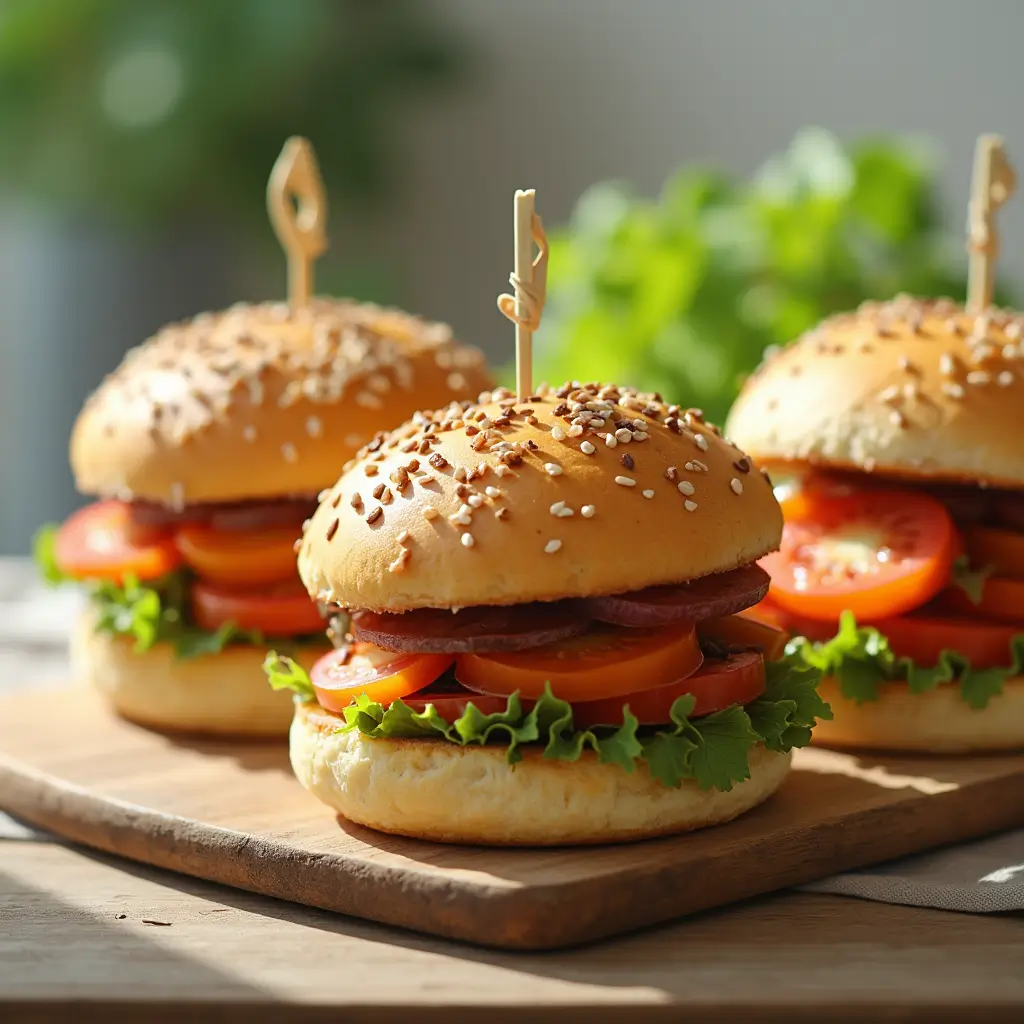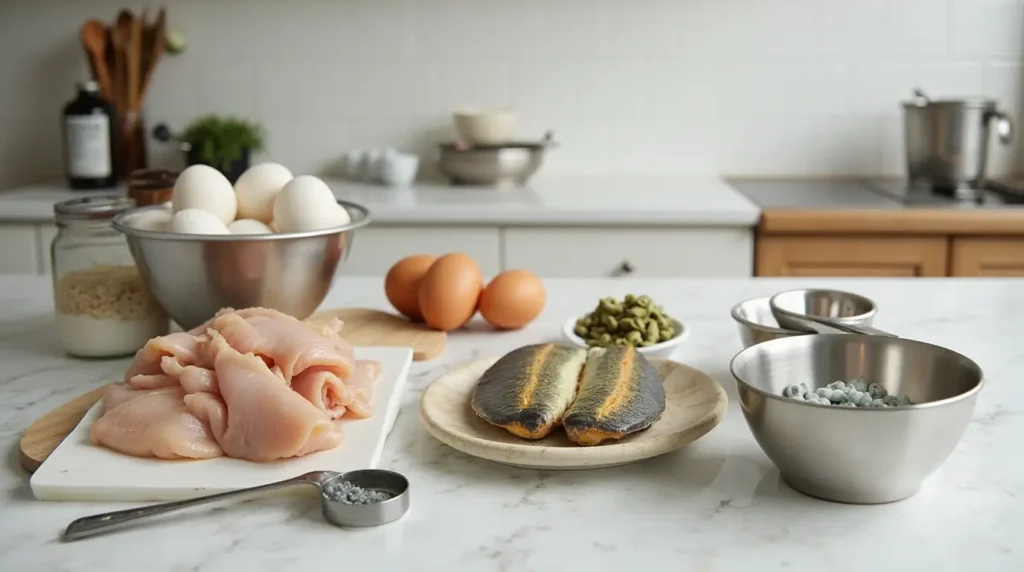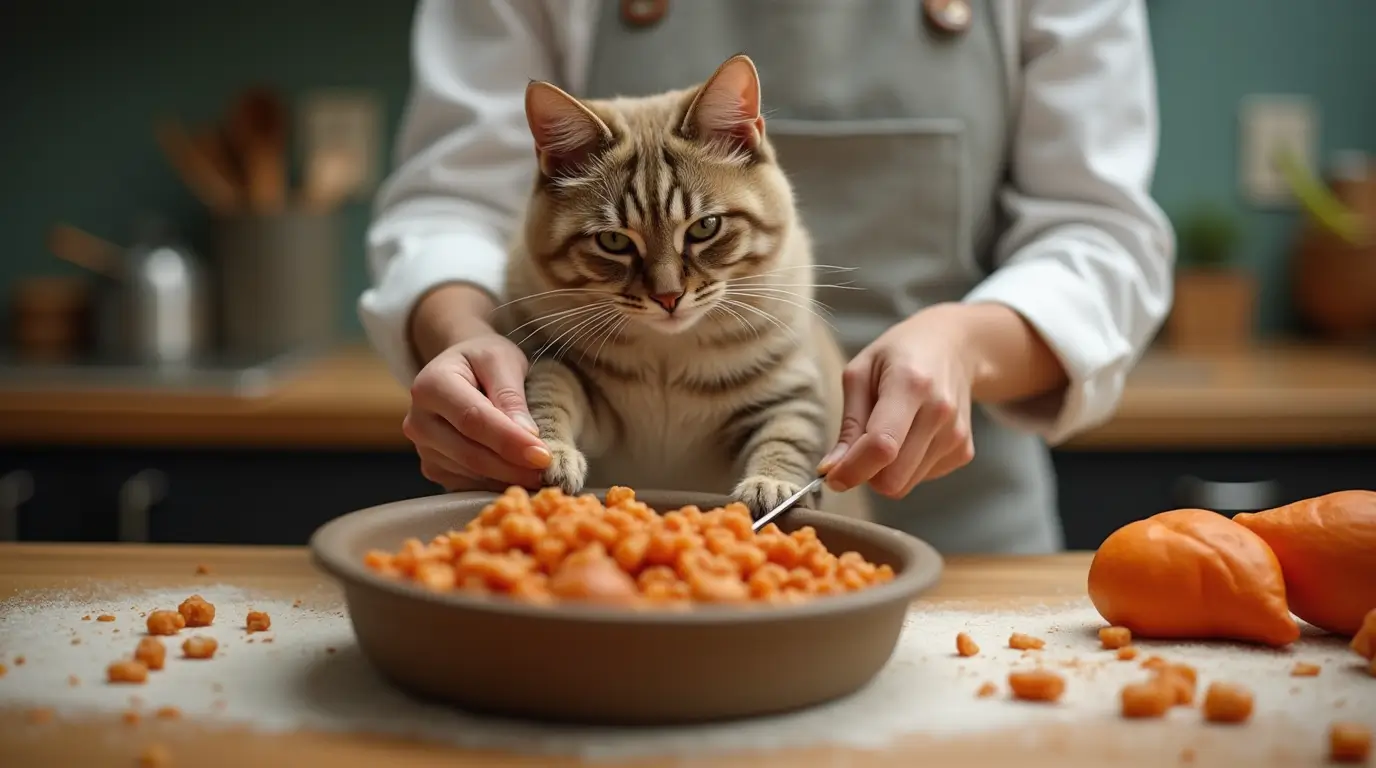How to Make Cat Food Recipes: Easy & Nutritious DIY Guide
Table of Contents
How to Make Cat Food Recipes ?
Your feline friend deserves the best nutrition possible, and learning how to make cat food recipes at home might be the perfect solution you’re looking for. Whether your cat has specific dietary needs or you simply want more control over their nutrition, this comprehensive guide will walk you through everything you need to know about creating homemade cat food recipes in your own kitchen.
Why Consider Making Cat Food at Home?
When you prepare cat food in your kitchen, you gain complete control over the ingredients that go into your pet’s meals. You’ll know exactly what your cat is eating, and you can adjust recipes to accommodate any special dietary requirements or preferences.
Benefits of Homemade Cat Food
- Complete control over ingredient quality
- Ability to avoid artificial preservatives
- Fresh, whole-food ingredients
- Cost-effective in the long run
- Perfect for cats with food sensitivities


Essential Nutritional Requirements for Cats
Before diving into recipes, you must understand your cat’s nutritional needs. Cats are obligate carnivores, which means they require specific nutrients that can only be found in animal products.
Protein Requirements
Your cat needs high-quality protein as the foundation of their diet. Aim for:
- 35-45% protein content in each meal
- Animal-based proteins (not plant-based)
- Various protein sources for complete amino acid profile
Critical Nutrients
- Taurine: Essential amino acid for heart and eye health
- Fatty acids: Crucial for skin and coat health
- Vitamins A, D, E, and B complex
- Minerals: Calcium, phosphorus, and trace elements
Kitchen Equipment You’ll Need
To start making cat food at home, gather these essential tools:
- Meat grinder or food processor
- Digital kitchen scale
- Storage containers
- Measuring spoons and cups
- Large mixing bowls
- Food-grade gloves
Basic Homemade Cat Food Recipe #1: Chicken Delight
Ingredients Table
| Ingredient | Amount | Purpose |
|---|---|---|
| Chicken thigh (with bone) | 2 pounds | Primary protein |
| Chicken liver | 4 ounces | Vitamin A, minerals |
| Chicken heart | 4 ounces | Taurine source |
| Salmon oil | 1 tablespoon | Omega-3 fatty acids |
| Egg yolk | 2 large | Nutrients, binding |
| Taurine supplement | 1/2 teaspoon | Essential amino acid |
| Calcium powder | 1 tablespoon | Bone health |
Preparation Steps
- Clean and sanitize all equipment
- Grind chicken thighs with bones
- Process organs separately
- Mix all ingredients thoroughly
- Portion into meal-sized containers
- Freeze excess portions

Basic Homemade Cat Food Recipe #2: Fish Feast
Ingredients Table
| Ingredient | Amount | Purpose |
|---|---|---|
| Fresh salmon | 2 pounds | Primary protein |
| Sardines | 8 ounces | Omega-3, minerals |
| Chicken liver | 4 ounces | Vitamin A |
| Egg yolks | 3 large | Nutrients |
| Vitamin B complex | 1 capsule | Essential vitamins |
| Bone meal | 2 tablespoons | Calcium source |
| Fish oil | 1 tablespoon | Fatty acids |
Preparation Steps
- Remove salmon bones
- Grind fish and organs
- Mix in supplements
- Combine all ingredients
- Portion and store
Safety Guidelines for Making Cat Food at Home
Food Handling
- Always wear gloves
- Use separate cutting boards
- Maintain proper temperature control
- Clean surfaces thoroughly
- Store ingredients properly
Storage Requirements
- Fresh portions: 2-3 days in refrigerator
- Frozen portions: Up to 3 months
- Use airtight containers
- Label with dates
- Thaw in refrigerator overnight
Common Mistakes to Avoid
When making cat food at home, be careful to avoid these pitfalls:
- Skipping essential supplements
- Using raw fish exclusively
- Incorrect calcium-phosphorus ratio
- Inadequate taurine supplementation
- Poor food safety practices
Transitioning Your Cat to Homemade Food
Take it slow when introducing homemade cat food:
- Week 1: 25% homemade, 75% current food
- Week 2: 50% homemade, 50% current food
- Week 3: 75% homemade, 25% current food
- Week 4: 100% homemade food
Expert Tips from Veterinary Professionals
Dr. Emily Carter, DVM, recommends:
“Always consult with your veterinarian before starting a homemade diet. Each cat has unique nutritional needs that must be addressed individually.”
Dr. Michael Ross, Feline Nutrition Specialist, adds:
“Regular nutrient testing and diet adjustments are crucial for cats on homemade diets to ensure optimal health.”
Frequently Asked Questions
Is making cat food at home safe?
Yes, when you follow proper nutritional guidelines and food safety protocols, making cat food at home can be very safe and healthy for your pet.
How long can I store homemade cat food recipes?
Fresh portions last 2-3 days in the refrigerator, while frozen portions can be stored for up to 3 months.
Do I need to add supplements to homemade cat food?
Yes, supplements are essential to ensure your cat receives all necessary nutrients, particularly taurine, calcium, and vitamins.
Can I make raw cat food at home?
Yes, but it requires extra safety precautions and specific knowledge about raw food preparation.
References and Resources
- American Association of Feline Practitioners
- Cornell University College of Veterinary Medicine
- Dr. Lisa Pierson’s Feline Nutrition Guidelines
- Journal of Feline Medicine and Surgery
Conclusion
Making cat food at home can be a rewarding experience that provides your feline companion with fresh, nutritious meals tailored to their needs. Remember to:
- Research thoroughly before starting
- Consult with your veterinarian
- Follow safety guidelines strictly
- Monitor your cat’s health
- Make adjustments as needed
Your Next Steps
Ready to start making homemade cat food? Begin by:
- Scheduling a consultation with your vet
- Gathering necessary equipment
- Sourcing quality ingredients
- Starting with small batches
- Monitoring your cat’s response
Share your homemade cat food journey with other pet parents and join online communities dedicated to feline nutrition. Your experiences could help others who are considering making this healthy switch for their beloved cats.
Call to Action
Have you tried making cat food at home? Share your experiences in the comments below! Don’t forget to bookmark this guide for future reference, and sign up for our newsletter to receive more pet nutrition tips and recipes directly in your inbox.
Remember: Every cat is unique, and what works for one may not work for another. Always consult with your veterinarian before making significant changes to your cat’s diet.

